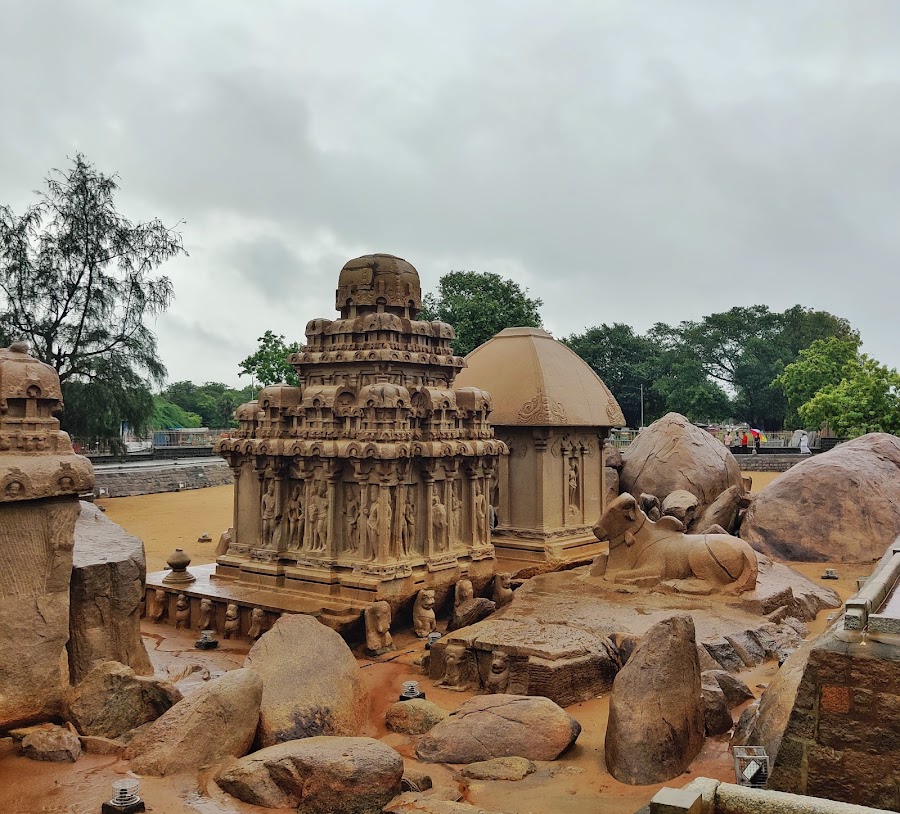
Panchapandava Cave
Mahabalipuram, India
- Admire the intricate carvings and sculptures.
- Enjoy the serene atmosphere of the cave.
- Explore the rock-cut cave architecture.
- Learn about Pallava dynasty art.
- Take photos of the historical site.
Known for:
Description:
The Panchapandava Cave, also known as the Mandapa, is a rock-cut cave temple in Mahabalipuram, showcasing early Indian rock-cut architecture. It's a significant part of the Group of Monuments at Mahabalipuram, a UNESCO World Heritage Site. The cave features intricately carved pillars and reliefs depicting scenes from Hindu mythology. While the name suggests a connection to the five Pandava brothers from the epic Mahabharata, there's no direct evidence linking the carvings specifically to them. The cave offers a glimpse into the Pallava dynasty's artistic and architectural prowess. Visitors can admire the detailed sculptures, the cave's impressive scale, and the peaceful atmosphere. It's a must-see for history buffs and anyone interested in ancient Indian art.
History:
The Panchapandava Cave is believed to have been carved during the Pallava dynasty, likely in the 7th century AD. The Pallavas were renowned for their rock-cut architecture, and Mahabalipuram served as a significant port city and artistic center during their reign. The cave's unfinished state suggests that the work was abandoned, possibly due to political upheaval or a shift in artistic preferences. The name 'Panchapandava' is a later attribution and doesn't reflect the original purpose or dedication of the cave. Despite its incomplete nature, the cave remains a remarkable example of Pallava art and provides valuable insights into their construction techniques and artistic vision. Over the centuries, the cave has stood witness to changing dynasties and remains a prominent landmark in Mahabalipuram.